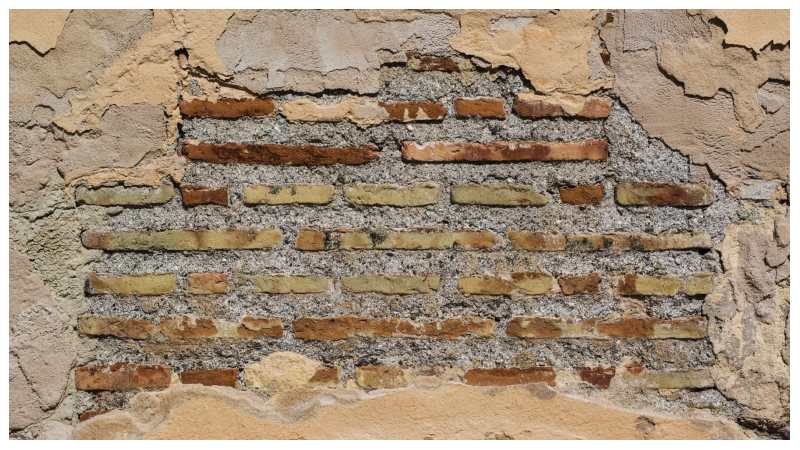Your home’s foundation is the most critical part of its structure, supporting everything above it. Over time, however, natural settling, soil movement, and water damage can cause serious issues. Identifying foundation problems early can save you from costly repairs and potential safety hazards. Here are five common signs of foundation damage you should never ignore.
1. Cracks in Walls or Floors
One of the most visible and common signs of foundation damage is cracking.
While small hairline cracks in drywall or flooring can be harmless, larger or widening cracks may signal foundation movement.
Vertical cracks often appear as a result of normal settling.
Horizontal or stair-step cracks in brick or concrete walls are more serious and may indicate pressure from shifting soil or water buildup.
If you notice cracks widening over time or appearing suddenly, it’s a good idea to have a professional inspect your foundation immediately.
2. Uneven or Sloping Floors
Have you noticed that your floors feel uneven or that objects roll across the room on their own?
Uneven or sloping floors can be a clear sign of foundation movement.
This issue occurs when part of your foundation sinks or shifts due to poor soil conditions, water damage, or construction defects. Over time, it can lead to structural instability and safety hazards.
A level test or laser measurement can help determine the severity of the problem, and a foundation specialist can recommend repair solutions such as piering or slab leveling.
3. Windows and Doors That Won’t Close or Stick
If your windows or doors suddenly stick, jam, or won’t close properly, your foundation might be shifting.
As the foundation moves, it causes the frame of your home to twist slightly, making doors and windows misaligned.
You might also notice gaps at the top or bottom of doors and windows or cracks forming near the corners of the frames.
Although it might seem like a minor nuisance, this can be an early warning of deeper structural movement beneath your home.
4. Exterior Brick or Siding Gaps
Foundation issues don’t just show up inside your home — they’re visible outside, too.
If you spot gaps between bricks, separating siding panels, or misaligned mortar lines, it could mean your foundation is shifting or settling unevenly.
Look closely at the corners of your home and around exterior doors or windows. Cracks that follow a zigzag pattern in brickwork are often a telltale sign of foundation movement.
Repairing exterior finishes won’t fix the root cause — addressing the foundation is essential to prevent recurring damage.
5. Basement or Crawl Space Moisture Issues
Excess moisture or standing water in your basement or crawl space is another red flag for foundation problems.
When your foundation cracks or shifts, it can create openings that allow water to seep in, leading to mold, rot, and further weakening of the structure.
Common causes include poor drainage, clogged gutters, or improper grading around your home.
Installing a sump pump, improving drainage, and sealing foundation cracks can help protect your home from future water-related damage.
Conclusion
Your foundation is quite literally the backbone of your home, and early detection is the key to avoiding major repair costs.
If you notice any of these warning signs — cracks, uneven floors, sticking doors, exterior gaps, or basement moisture — don’t ignore them. Contact a qualified foundation repair professional to assess the problem and recommend the best course of action.
By addressing foundation issues early, you can protect your home’s stability, safety, and long-term value.

